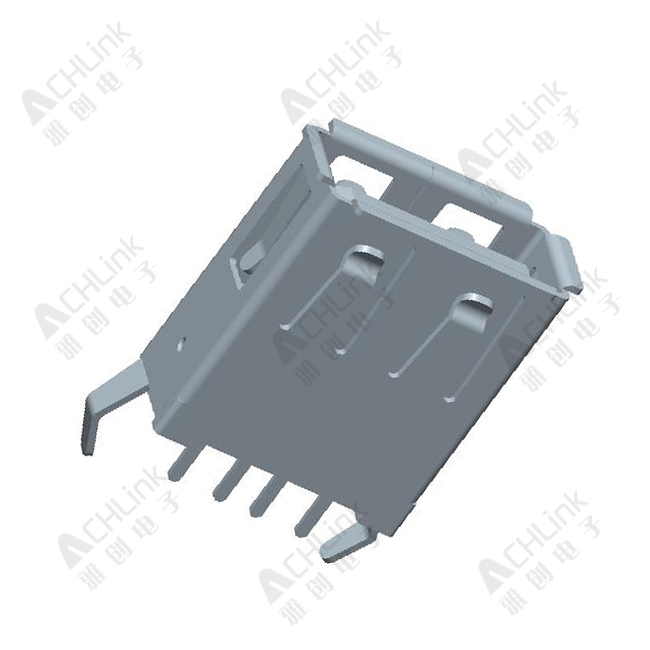Anatomy of USB interface
Date:2018-11-29 Hits:2630
USB is the abbreviation of Universal Serial Bus in English, which means "Universal Serial Bus" in Chinese. It is not a new bus standard, but a new interface technology applied in PC field. As early as 1995, there were already PC with USB interface, but due to the lack of software and hardware support, these PC's USB interface is unused. After 1998, with Microsoft's built-in support module for USB interface in Windows 98 and the increasing number of USB devices, USB interface has gradually entered the practical stage.
USB uses a four-pin plug as the standard plug. With this standard plug, all peripherals can be connected in the form of chrysanthemum chain without loss of bandwidth. USB standard divides USB into five parts: controller, controller driver, USB chip driver, USB device and customer driver for different USB devices.
USB needs the support of host hardware, operating system and peripherals to work. At present, the main board generally adopts control chipset supporting USB function, and also installs USB interface slot. Windows 98 and above operating systems have built-in support for USB interfaces (but Windows NT does not yet support USB). At present, there are many USB peripherals such as digital cameras, digital speakers, scanners, keyboards, mice and so on.
With the popularity of a large number of personal computers supporting USB, it is a general trend that USB gradually becomes the standard interface of PC. The latest PC almost 100% supports USB. On the other hand, devices using USB interface are also developing at an alarming speed. At present, we use the USB 1.1 standard interface, its transmission speed is 12 Mbps.
 USB 2 standard
USB 2.0 increases the speed of data transmission between devices to 480 Mbps, about 40 times faster than the standard of USB 1.1. The biggest advantage of the speed increase for users is that users can use more efficient external devices, and peripheral devices with multiple speeds can be connected to USB 2.0 lines, unlike USB 1.1. In the era, because of the high bandwidth, more devices do not need to worry about the bottleneck effect of data transmission. USB 2.0 can use the same specifications of cables in the original definition of USB, and the specifications of connectors are exactly the same. It also maintains the excellent features of USB 1.1 under the premise of high speed, and guarantees downward compatibility.
USB 2 standard
USB 2.0 increases the speed of data transmission between devices to 480 Mbps, about 40 times faster than the standard of USB 1.1. The biggest advantage of the speed increase for users is that users can use more efficient external devices, and peripheral devices with multiple speeds can be connected to USB 2.0 lines, unlike USB 1.1. In the era, because of the high bandwidth, more devices do not need to worry about the bottleneck effect of data transmission. USB 2.0 can use the same specifications of cables in the original definition of USB, and the specifications of connectors are exactly the same. It also maintains the excellent features of USB 1.1 under the premise of high speed, and guarantees downward compatibility.

